By news.com.au | Thursday, 31 July 2014
FOUNDED more than 1600 years ago, the ancient city of Ani was once one of the world’s greatest metropolises. Today it sits in crumbling ruins, its former glory a distant memory.
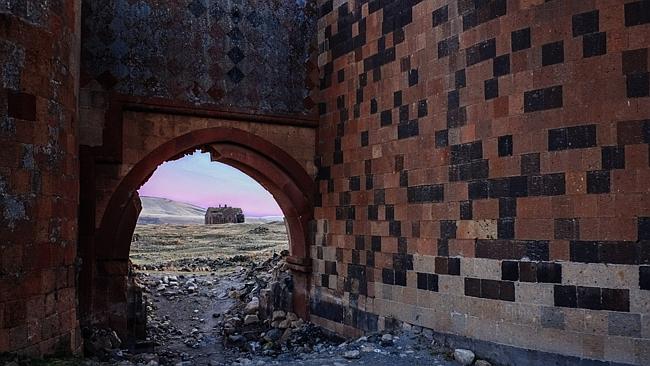
Construction of the city made use of the beautifully coloured local volcanic basalt. Picture: Nate Robert.
Sitting deep in eastern Turkey, thousands of kilometres from bustling Istanbul, Ani lay on several trade routes and grew to become a walled city of more than 100,000 residents by the 11th century.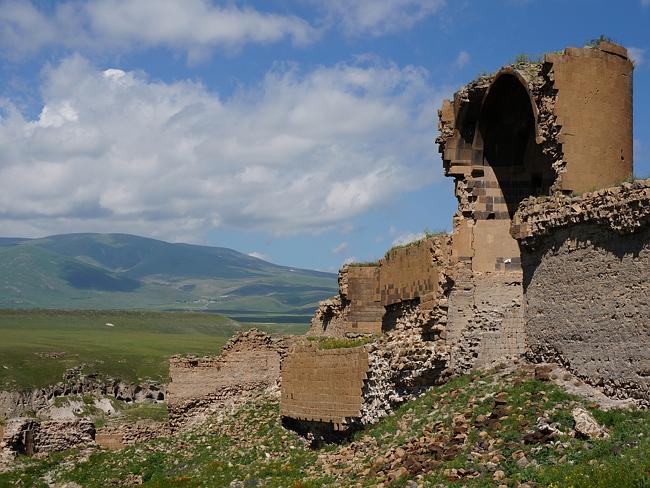
The ruins sit dramatically against the plateaus of inland Turkey. Picture: MrHicks46
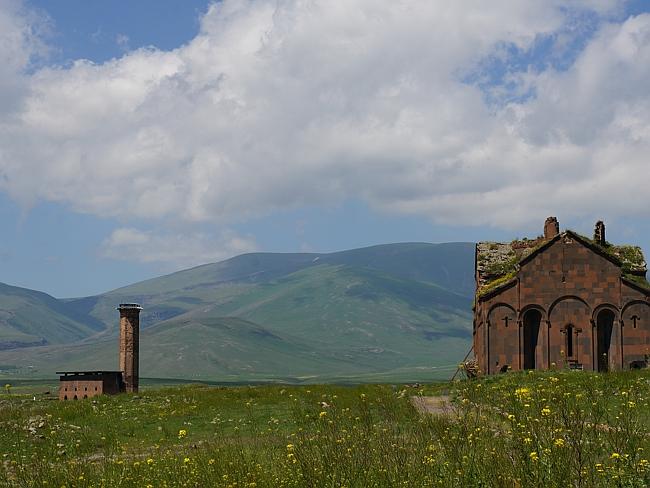
Explore the incredible ruins of one of the world’s greatest cities. Picture: MrHicks46
At its peak, Ani was a city of opulence, magnificence and architectural wonder. It was the citadel, former capital and heart of the great Armenian empire.
Known as the city of 1000 churches, its religious buildings, palaces and fortifications were among the most technically and artistically advanced structures in the world.
All of its buildings were constructed using local volcanic basalt that was easily carved and came in a variety of vibrant colours from creamy yellow, to rose-red to jet black.
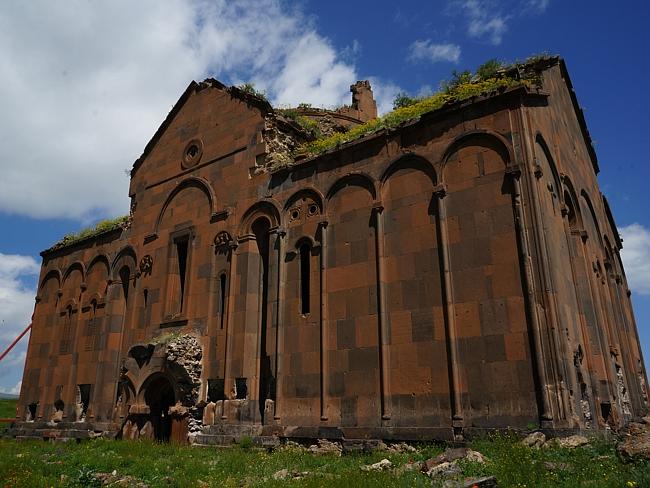
The Cathedral of Ani. Picture: MrHicks46
In the centuries that followed its peak, Ani and its surrounding region were conquered hundreds of times by Byzantine emperors, Ottoman Turks, Armenians, nomadic Kurds, Georgians, and Russians.
By the 1300s the city was in steep decline and completely abandoned by the 1700s.
Largely forgotten for over 700 years, its crumbling ruins were the victim of looters and vandals, Turks who tried to eliminate Armenian history from the area and poorly managed archaeological digs.
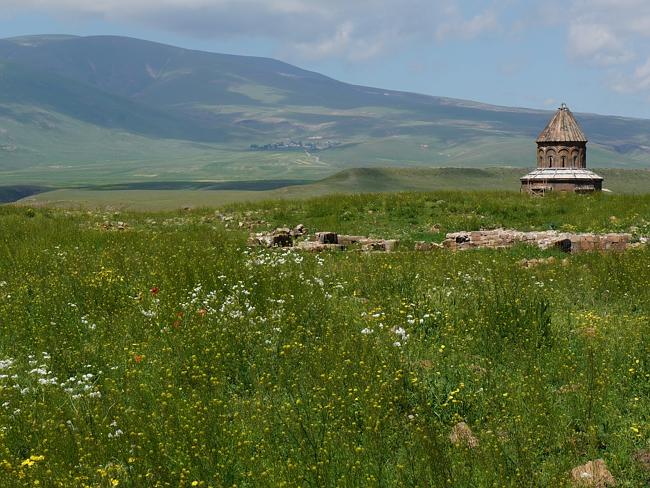
comments
Aliyev Again Refers to Most of Armenia as Western Azerbaijan
Azerbaijan Blocks Humanitarian Transport To and From Lachin Corridor
#TogetherForSyria Telethon Raises over $110,000 for Armenians In Syria
After Lachin Corridor Blockade, Putin Speaks to Pashinyan and Aliyev
Aliyev Signs Order Declaring Shushi Cultural Capital of Turkic World
Lemkin Institute Voices Support For Artsakh Rights to Self-Determination to Avoid Genocide
Tensions Escalate Between Iran and Azerbaijan
Moscow is Closely Coordinating Peace Treaty with Yerevan and Baku
Aliyev Criticism of Russian Peacekeepers and Iran Elicits Strong Reactions
Putin Says Yerevan Rejected His Plan to Cede Less Territory in Artsakh